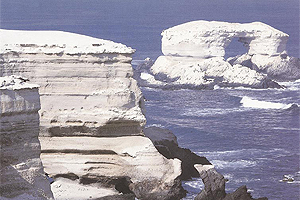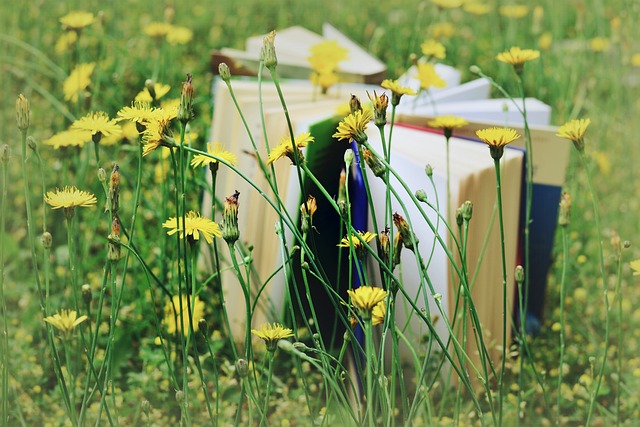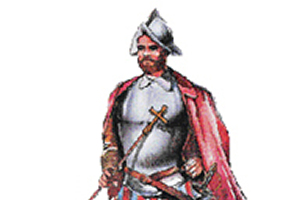As it follows, we will travel through the communities of this region a}describing their main tourist attractions.
– Antofagasta: city located at 1.370 km from Santiago, is the economical and cultural capital of the North of Chile.
-
Historic neighbourhood: in the surroundings of the old port of Antofagasta there are historic buildings that are vestiges of saltpetre splendour epoch and which are national monuments among them are the Muelle salitrero, the Resguardo Maritimo, the Maritime Administration, the former Aduana (actual site of the Museo regional), the former Estacion del Ferrocarril to Bolivia and the former Oficinas del salitre.
-
Urban-commercial center: it is located near Colon square, which stands out for its Clock Tower (donated by the English colony). Commerce takes place along Arturo Prat and Manuel Antonio Matta walkways, as well as in some side streets. Another commercial center is Emilio Sotomayor Square, which gathers a small group of artisans from the city.
At this same spot, we can find the Mercado Municipal (Municipal Market), where they sell exotic tropical fruits and there are also a few restaurants that specialize in seafood. -
Ruins of the Huanchaca Metal Foundry (or Huanchaca Ruins): they are the remains of an old silver foundry that operated between 1893 and 1912.
-
La Portada (The Gateway): it is a beautiful rocky formation found in the ocean that, due to the erosive action of the wind and the sea, took on the shape of an arc. It measures 43 meters high, 23 meters wide and 70 meters long. It was declared a Natural Monument.
-
Beaches: there are several gorgeous beaches in this city, although swimming is forbidden in some of them. A few of these beaches are Amarilla, Llacolen, Poza de los Gringos, Las Almejas, Balneario Municipal, Club de Yates, Paraiso, La Chimba, La Rinconada, Huascar, El Cable, Autoclub and Balneario Juan Lopez.
-
Coloso Cove: it is a small-scale fishermen’s cove that run mussel stands and restaurants.
In addition, there is a lookout point that provides information on the productive process that takes place at the La Escondida copper mine.
– Mejillones: small port town located 65 km northeast of Antofagasta. There are several beaches in Mejillones and its surroundings (Chacaya, Punta Itata, Dos Quebradas, Rieles). The most well-known is Hornitos, which has warm, tranquil waters and is peppered with summer homes, as well as being protected by cliffs. Tourists may also visit some historically relevant constructions (they date back to the XX century), such as the former Customs Building (today it is the Mejillones Historical and Natural Museum) and the Port Captain’s Building, not to mention the Corazon de Maria church.
– Sierra Gorda: it is a small comuna characterized for having simple houses and commerce, but nearby there are some important copper mines, such as Spence and El Tesoro. IN addition, it houses several constructions that have been deemed National Historical Monuments that might be of interest for tourists, like the saltpeter works of Chacabuco and Francisco Puelma and the Baquedano Railway Station. In Sierra Gorda there is also an annual free artistic event that has gained national notoriety over time. It is the Festival del Desierto (Desert Festival), which has attracted internationally renowned artists, such as Marco Antonio Solis and Miguel Bose.
– Taltal: comuna (county) located 299 km south of Antofagasta. Its main activities are fishing and mining. A few places you can visit there are the beaches (Tierra del Moro, Piedra and Cifuncho Piers, among others), Augusto Capdeville Museum (where there are examples of the chango culture and saltpeter times), Plaze del Tren (National Monument) and the Recinto del Ferrocarril Salitrero (Saltpeter Railway Premises, National Monument).
– Calama: it is a comuna located 215 km from Antofagasta and it mainly serves as a lodging and services city for the people that work in the nearby copper mines (Chuquicamata, Gaby, Radomiro Tomic, Spence, El Abra, among others).
Although this city does not have a great tourism potential, there are a few interesting spots that are worth getting to know: El Loa Park and Paseo del Rio (River tour), San Juan Bautista Cathedral, the Archeological and Ethnographic Museum and Manuel Rodriguez Park.
The ancient settlement of Chiu Chiu is 36 km from Calama. It has one of the country’s most beautiful churches: San Francisco. It was built in the XVII century from adobe and cactus wood and every October first, it hosts a celebration for the festivity of San Francisco de Asis.
At the outskirts of Chiu Chiu is Inca Coya lagoon, which has very deep waters. Its origins are linked to the legend of Inca Tupac Yupanqui and the beautiful atacameña Colque-Coillur.
Nearby, we also find the town of Lasana, which stands out for a atacameño pucara that was declared a National Monument. It is a fortress built in the XII century that is 250 meters long.
Ayquina is 74 km from Calama. It is characterized by the architecture of its houses (built entirely out of stone, with mud and straw roofing), which are found around the Nuestra Señora de Guadalupe church. Every 7th and 8th of September, there is a colorful religious festival dedicated to the Virgen de Guadalupe.
– Ollagüe: border comuna located 215 km northeast of Calama at 3,660 masl.
It is located at the foot of Ollagüe volcano and near the Carcote and Ascotan saltpans. These last two have a rich birdlife, with different species of condors, eagles and flamingoes.
– San Pedro de Atacama: 103 kilometers away from Calama, San Pedro de Atacama is located 2,450 masl at the far north end of the Atacama saltpan (Chile’s largest) and near Licancabur volcano (5,916 masl). It is a high plateau town with narrow streets and adobe and stone houses, which has become one of Chile’s greatest tourist attractions.
Highlights in this same town include San Pedro church (built in the XVII century), the market and its cemetery; but there is also the San Pedro de Atacama Museum, created by Belgian priest Gustavo Le Paige. It keeps an important collection of archeological pieces that belong to the atacameño culture.
There are other interesting spots around San Pedro, like Tulor village (round houses and 3,000 year old labyrinths that are 7 km from San Pedro), valle de la luna (valley of the moon, a beautiful desert landscape located 17 km from the town and in the middle of the Sal mountain range), Puritana hot springs (hot springs located 30 km north of the town), the Quitor pucara, the Tatio geysers (geothermal field located 89 km from San Pedro), Miscanti and Miñiques lakes (strikingly beautiful, they are 4,500 masl) as well as picturesque high plateau settlements and oases (like Camar, Socaire, Toconao and Toconce).
– Tocopilla: comuna located 186 km north of Antofagasta and 163 km from Calama. It is an important industrial fishing center and an export port for copper and saltpeter. In Tocopilla, there are excellent beaches and beach towns, such as Mina Fakir, Las Conchuelas, Gatico, Punta Atala, Punta Blanca, El Loa Cove, Punta Arenas Cove, Paquita Cove and Boy Cove.
– Maria Elena: it is a town located 220 km northeast of Antofagasta and it is the only saltpeter extraction center that remains active in Chile. Also, the Municipal Anthropologic Museum is in Maria Elena, where mementos from the heyday of saltpeter are kept.
Farther south, there are ruins of several other saltpeter works. Such as: Pedro de Valdivia, Vergara, Coya Sur, Chacabuco, Francisco Puelma, etc.
Protected zones
In this region there are three national reserves, two national parks and one natural monument.
– Llullaillaco National Park: located 275 km away, it is set among the Andes mountains, between 3,000 and 6,700 masl. It houses the second highest peak in the country, which also gives the park its name, Llullaillaco volcano (6,730 masl).
– Pan de Azucar National Park: it is found at the border of the regions of Antofagasta (9,155 hectares) and Atacama (34,614).
– La Chimba National Reserve: it is located in the Coastal mountain range, 18 km north of Antofagasta. It has a surface area of 2,583 hectares which safeguard flora and fauna that is representative of the coastal desert.
– Alto Loa National Reserve: with a surface of 280,000 hectares, it is located in the comunas (counties) of Calama and Ollagüe and was created in 2005. It protects species of flora, such as the llareta and quinoa, as well as animals like flamingoes and vicuñas.
– Los Flamencos National Reserve: set in the Andean foothills of the region, it has several beautiful landscapes, such as saltpans like Tara, Aguas Calientes and Atacama; lagoons like Miscanti and Miñiques, and the Valley of the Moon.
– La Portada (The Gateway) Natural Monument: it is located 25 km north of Antofagasta. It takes up a surface of 31 hectares and its main attraction is the stone arc called La Portada (The Gateway).








